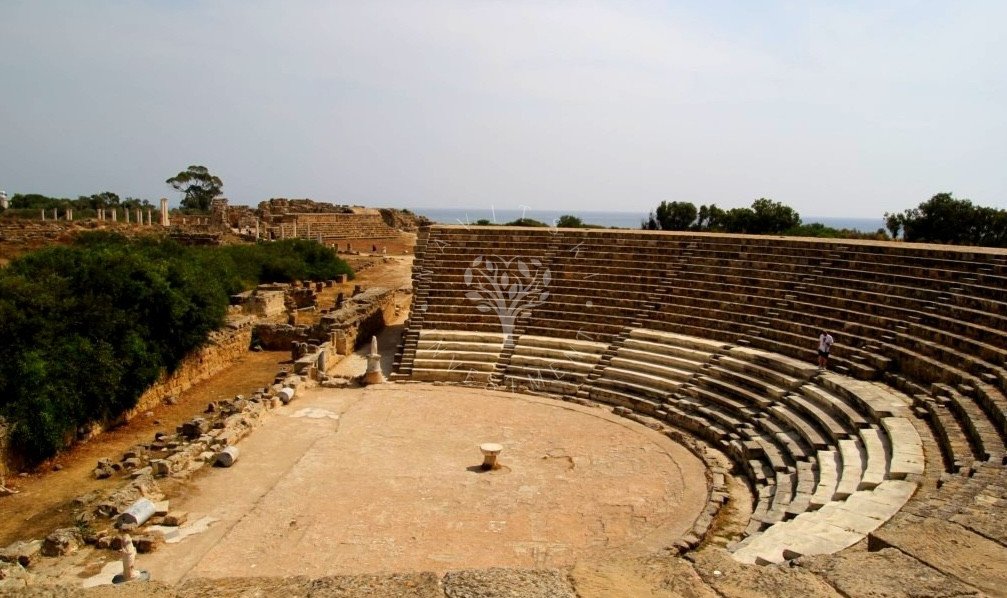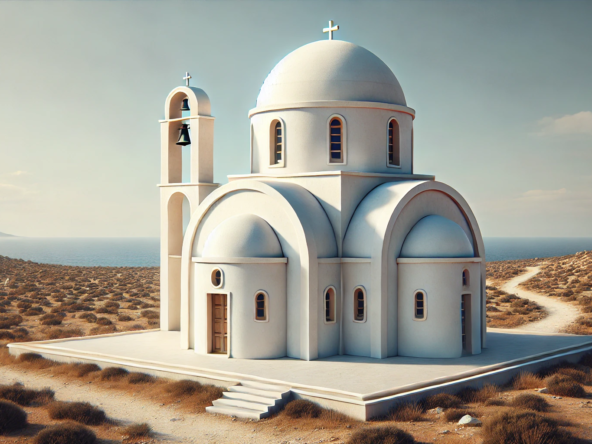If you are interested in history and archaeology, you should definitely visit the ruins of the ancient city of Salamis, located near Famagusta in Cyprus. This place is like a time machine that takes you thousands of years ago, where the skill of ancient architects and sculptors is still amazing.
Historical sketch
Salamis was founded by the legendary archer Teucer, hero of the Trojan War and son of King Telamon. The story goes that after returning from the war, he was expelled from his native island of Salamis for not saving his brother Ajax. Having reached the shores of Cyprus, Teucer founded a city here and named it in honor of his homeland. The harbor of Salamis, ideal for large fleets, became a key factor in its prosperity.
During its heyday, the city became an important trading center connecting Egypt, Phenicia and Cilicia. However, during its existence, Salamis was repeatedly subjected to destructive wars and powerful earthquakes, the largest of which occurred in 332 and 342 BC. e., leaving a significant part of the city under water.
With the arrival of the Romans, the city was reborn under a new name - Constantia, in honor of Emperor Constantine. It was here that the apostles Paul and Barnabas began to spread Christianity in Cyprus. However, in 647 the city was sacked by the Arabs and finally abandoned by the inhabitants, which was the end of its glorious history.

Walk through the ancient city
Central Square
This place was once the heart of the city. The grandiose square, surrounded by colonnades and decorated with golden statues, amazed with its grandeur. Fountains flowed in the center, and on its edges stood the temples of Zeus and Hermes. Today tourists can see the columns, outlines of the square and the ancient cistern where water was stored in case of disasters.

Roman gymnasium and baths
One of the most impressive complexes of Salamis is the Roman gymnasium, which was later converted into luxurious baths. There were swimming pools, steam rooms and rooms with hot baths. The plumbing and heating systems installed by ancient engineers still amaze us today. The complex was decorated with mosaics and frescoes depicting gods and mythological scenes.

Amphitheater
The Salamis Amphitheater is one of the largest in the Mediterranean. It could accommodate up to 15 thousand spectators and was a venue for theatrical performances and public events. Today, the partially restored amphitheater retains the spirit of antiquity, and its upper rows offer stunning views of the surrounding area.

Basilicas and necropolis
On the territory of Salamis there are remains of majestic basilicas, including the Basilica of St. Epiphanius, once the largest in Cyprus. Archaeologists have also found tombs, rock necropolises and crypts. Some, like the tomb of St. Catherine, hide amazing finds such as horse skeletons and ritual artifacts.

Legends and Legacy
The city of Salamis is not only a historical monument, but also a living testimony to the greatness of ancient civilizations. Here you can feel the connection with distant eras when Cyprus was a crossroads of cultures and trade routes. Each stone, column or mosaic tells its own story, creating a unique atmosphere.
Today Salamis is an open-air museum that attracts tourists from all over the world. A visit to this place is not just a walk through the ruins, but an opportunity to look into the past, understand how people lived thousands of years ago, and feel the spirit of the times.
We invite you to go on this amazing journey and discover the magic of the ancient world, where every corner contains the echo of bygone times. Salamis is waiting for you to share his secrets and history that continue to live in his stones.
📍 The location of the ancient city of Salalamis is here.




